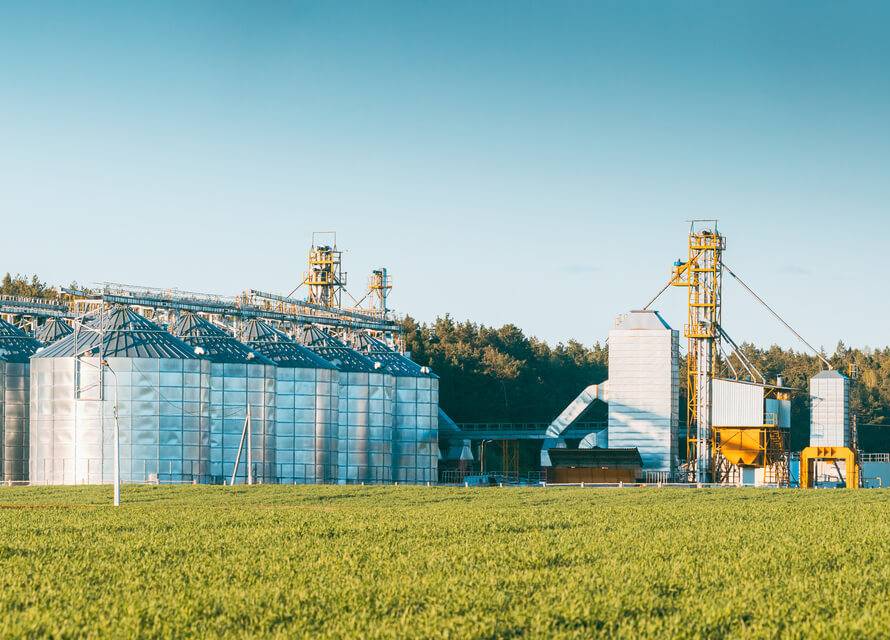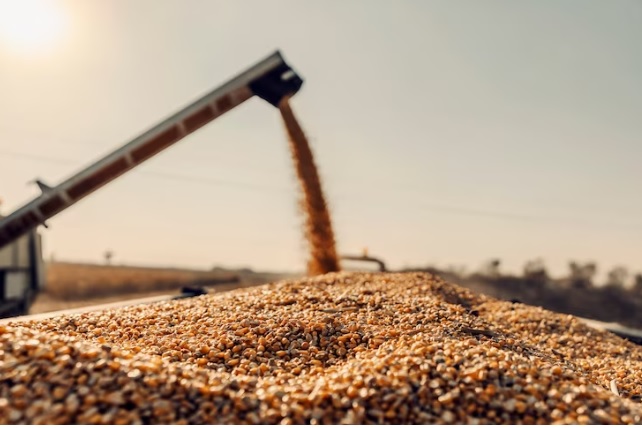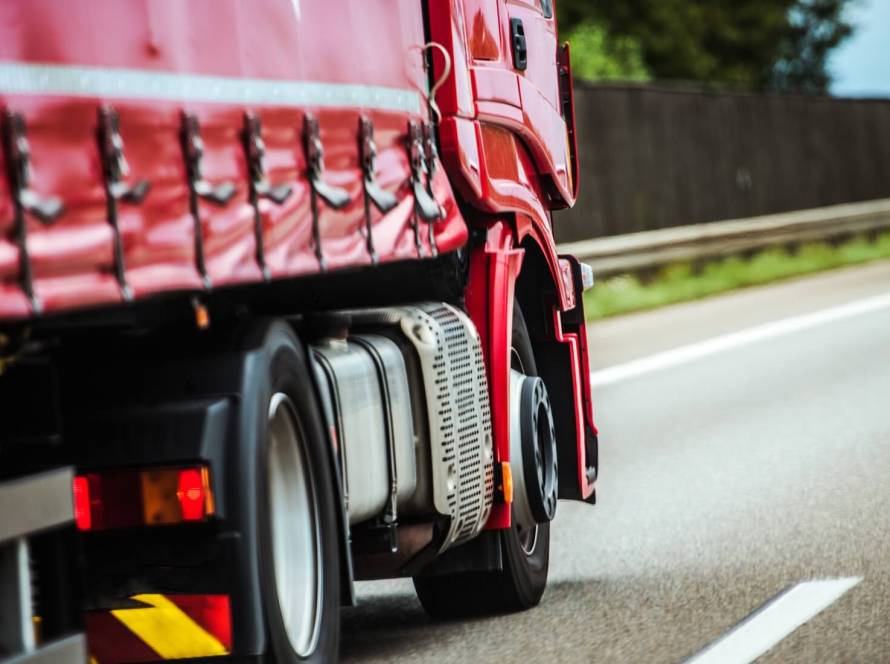As temperatures rise, layer poultry farmers face a recurring challenge: the impact of heat stress on egg production and quality. During the summer, birds suffer from high body temperatures, resulting in reduced feed intake, dehydration, decreased egg production, and deterioration in eggshell quality. This situation requires strategic nutritional measures to mitigate the effects of extreme heat.
Among the available solutions, the inclusion of chelated minerals in the diet of laying hens has proven to be an effective strategy for increasing resistance to heat stress and optimizing the absorption of essential nutrients. “Chelated minerals improve bioavailability and nutritional efficiency, directly contributing to shell quality, bone strength and heat resistance,” highlights Jane Cristina Gonçalves, Zootechnician and Doctor in Animal Nutrition and technical manager at VLN Feed.
Studies show that supplementation with zinc, copper, manganese and calcium in chelated forms can reduce the incidence of broken eggs, optimize production and strengthen the immunity of birds, making them more adaptable to climate variations. In addition, these nutritional solutions help regulate metabolism, minimizing the negative effects of high temperatures and ensuring greater animal welfare.
The adoption of these strategies reinforces the sector’s commitment to innovation and sustainability, promoting greater production efficiency even in challenging climate conditions. For poultry farmers, investing in adequate nutrition for laying hens means not only mitigating losses, but also ensuring a stable supply of high-quality eggs to the market, regardless of the season.





